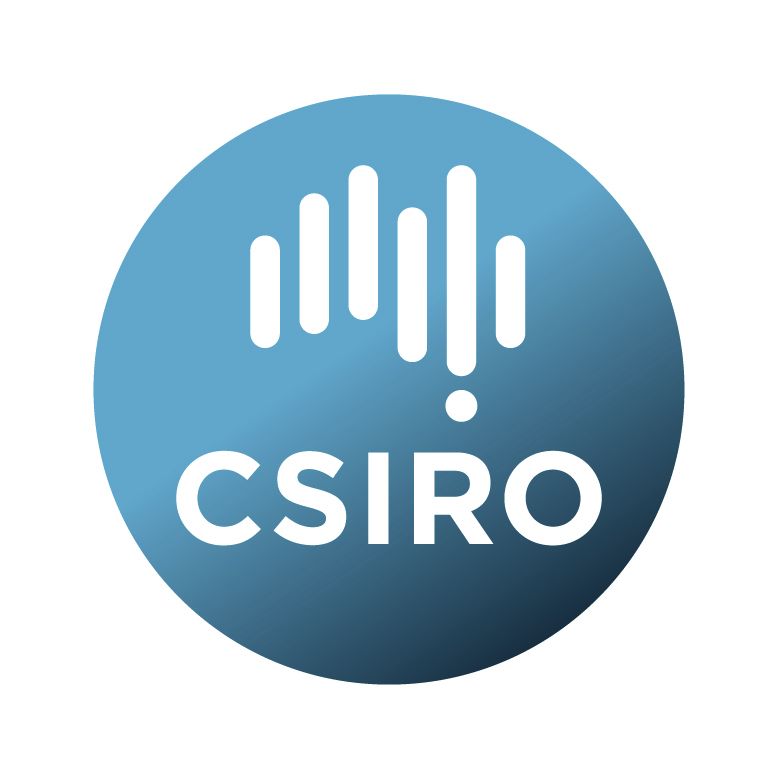Brief description
The datasets in this collection provide estimates of the state of biodiversity separately, in both the Gunbower-Koondrook-Perricoota Forest Icon Site case study site and the Murray-Darling Basin, for two time points (2010 and 2015). Datasets provide both input and account-ready data from which a series of ecosystem accounts have been prepared (see accompanying report). Ecosystem accounts are tabled for a series of focal species, alongside two community level biodiversity accounts.For the species-level ecosystem accounts, data were generated for the following focal species:
•\tAmphibromus fluitans (River Swamp Wallaby Grass)
•\tBotaurus poiciloptilus (Australian Bittern)
•\tCaladenia tensa (Rigid Spider-Orchid)
•\tEucalyptus camaldulensis (River Redgum)
•\tEucalyptus largiflorens (Black Box)
•\tGrantiella picta (Painted Honeyeater
•\tLepidium monoplocoides (Winged Pepper-cress)
•\tLitoria raniformis (Growling Grass Frog)
•\tPhascolarctos cinereus (Koala)
•\tPolytelis swainsonii (Superb Parrot)
For the community-level ecosystem accounts, data were generated for the following biological groups:
•\tVascular plants
•\tWaterbirds
Assessments undertaken to develop the account-ready data were implemented at two complementary spatial scales: the Murray-Darling-Basin (MDB), and within the MDB, the Gunbower-Koondrook-Perricoota Forest Icon Site (GKP). Account-ready data were aggregated to regions within the MDB and GKP, and across the MDB and GKP. Accounting regions across the MDB were defined hydrologically (MDBA 2014) and biologically (https://research.csiro.au/biodiversity-knowledge/projects/models-framework/). The latter were defined within the scope of the current (LEAP) project and are further described in accompanying reports.
Account-ready data for the species-level ecosystem accounts comprises:
•\tGridded data covering the study extents with, for each species, estimates of potential distribution and potential habitat for the years 2010 and 2015.
•\tRegional summaries of the above
Account-ready data for the community-level ecosystem accounts comprises:
•\tGridded data covering the study extents with, for each biological group, estimates of species richness and species persistence for the years 2010 and 2015.
•\tRegional summaries of the above.
•\tGridded data covering the study extents representing habitat condition for the years 2010 and 2015 which is integrated with diversity models to derive estimates of species persistence.
A more in-depth description of the data and methods used to generate them are detailed in an accompanying report:
Mokany K, Ware C, Harwood TD, Schmidt RK, Tetreault-Campbell S and Ferrier S (2021) Biodiversity in the Gunbower-Koondrook-Perricoota Forest Icon Site and the Murray-Darling Basin. A technical report for the Land and Ecosystem Accounts Project. CSIRO, Australia. https://doi.org/10.25919/nzg6-0819.
For updates to the species-level accounts, see the metadata document in the file collection.
Lineage: Species potential distributions:
Species potential distribution (pre 1750) estimates were obtained from the Department of Agriculture, Water and Environment Species of National Environmental Significance database, with the exception of those for E. camaldulensis and E. largiflorens which were modelled for the purposes of the project. The latter were derived by fitting models relating the known occurrence of each species to a suite of continuous environmental grids spanning the case study extents. Known occurrence records were obtained from the Atlas of Living Australia (https://www.ala.org.au/). Environmental grids used were sourced or derived from a number of sources:
•\tSoil information: https://aclep.csiro.au/aclep/soilandlandscapegrid/
•\tClimate and terrain information: https://doi.org/10.4225/08/5afa9f7d1a552
•\tSurface water: http://dap.nci.org.au/thredds/remoteCatalogService?catalog=http://dapds00.nci.org.au/thredds/catalog/fk4/datacube/002/WOfS/WOfS_25_2_1/catalog.xml
Gridded data were processed to the spatial domain of the analysis in each case, and summaries derived from these in certain cases.
Species habitats:
Potential available habitat was derived from soon to be published data provided by Geoscience Australia. These are high resolution (25m pixel) classifications of land cover, based on the Food and Agriculture Organisation (FAO) Land Cover Classification System (LCCS) taxonomy. Resulting potential habitat was augmented in cases with data from the Australian National Aquatic Ecosystems wetlands classification.
Community level data
This community level datasets are based on a habitat-based approach to quantifying change in biodiversity over the Ecosystem Accounting Areas considered, linking spatially complete information on biodiversity patterns with habitat quality derived from remote-sensing (Harwood et al. 2021). A habitat-based assessment approach provides a fully scalable method for Environmental-Economic Accounting and overcomes gaps in space and time associated with on-ground biodiversity data.
Observations of both waterbirds and vascular plants were obtained from the Atlas of Living Australia. Diversity models were fitted to environmental gridded data derived from the same sources as those described for the species potential distributions. Estimates of biodiversity persistence based on the diversity models were obtained using CSIRO’s macroecological and biodiversity assessment capability: https://research.csiro.au/macroecologicalmodelling/bilbi/
Note that the models of waterbird species richness and plant persistence were derived at a ~90m pixel resolution, and were simply resampled to the higher (25m pixel) spatial resolution datasets provided in this collection. This additional processing was performed to align the waterbird species richness and plant persistence estimates with other datasets used in the associated project. In the case of both estimates, therefore, the 25m pixel values represent estimated species richness/plant persistence for the surrounding ~hectare, not the discrete 25m pixel.
References:
Harwood TD, Richards AE, Williams KJ, Mokany K, Schmidt RK, Ware C, Ferrier S and Prober SM (2021) Assessing condition of ecosystem types at Gunbower-Koondrook-Perricoota Forest Icon Site. A technical report for the Land and Ecosystem Accounts Project. CSIRO, Australia. https://doi.org/10.25919/a9b7-9y54.
Available: 2022-02-15
Data time period: 2010-01-01 to 2015-01-01
Subjects
Conservation and Biodiversity |
Environmental Sciences |
Ecosystem accounts |
Environmental Management |
Environmental Management |
Gunbower-Koondrook-Perricoota |
Murray-Darling Basin |
Natural Resource Management |
UN SEEA EEA |
Wildlife and Habitat Management |
biodiversity |
threatened species |
User Contributed Tags
Login to tag this record with meaningful keywords to make it easier to discover
Identifiers
- DOI : 10.25919/2AD1-D968

- Handle : 102.100.100/436155

- URL : data.csiro.au/collection/csiro:47144



